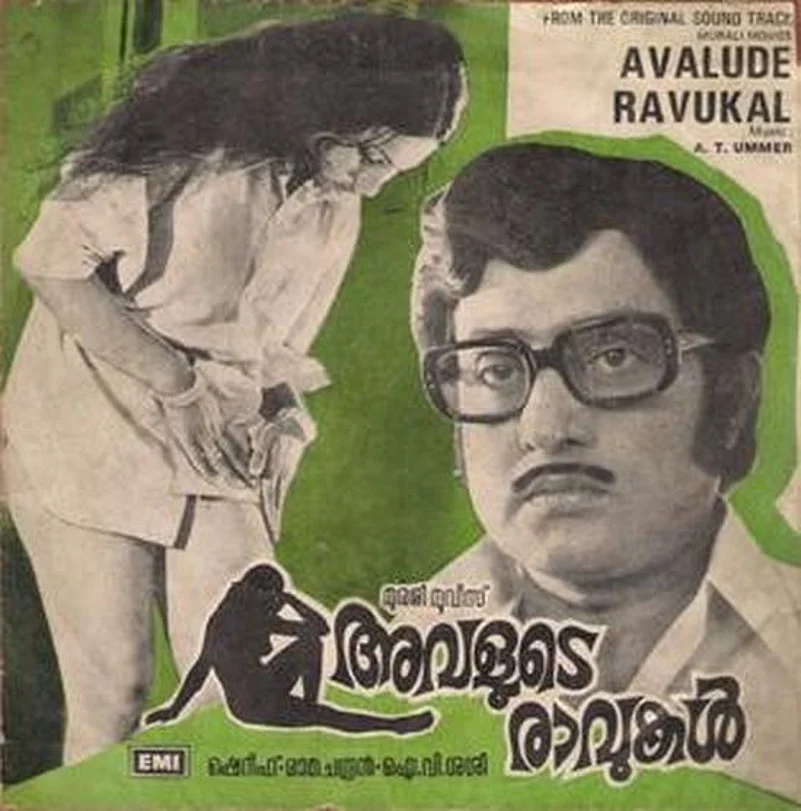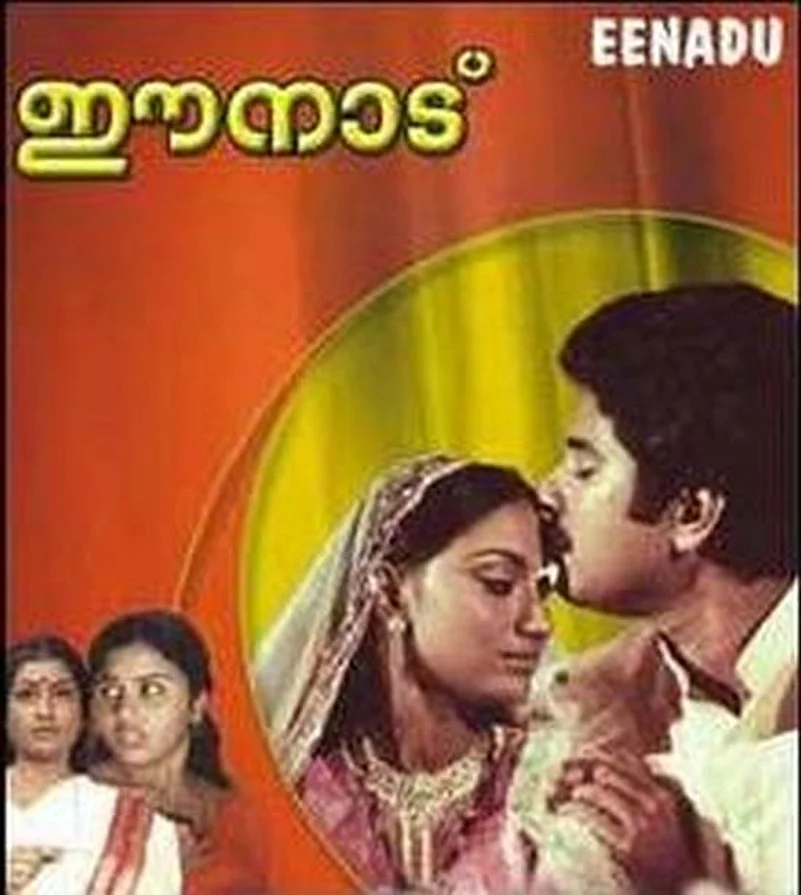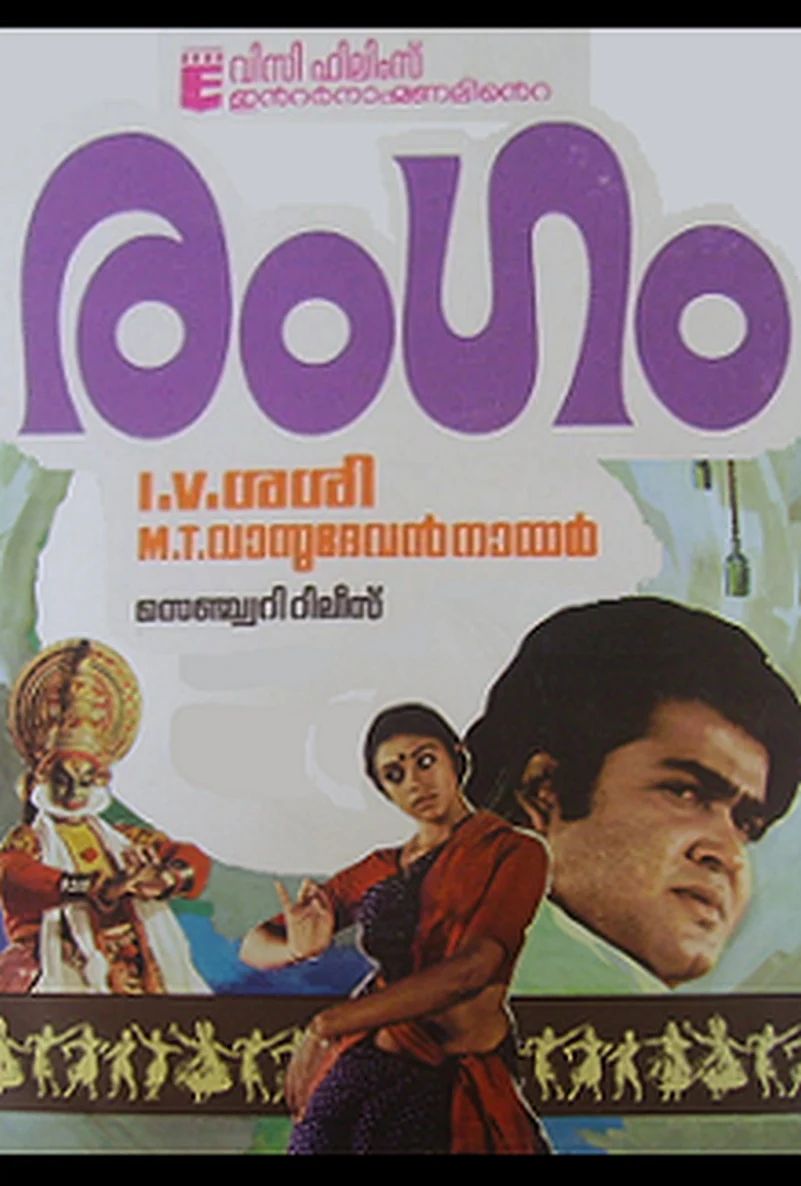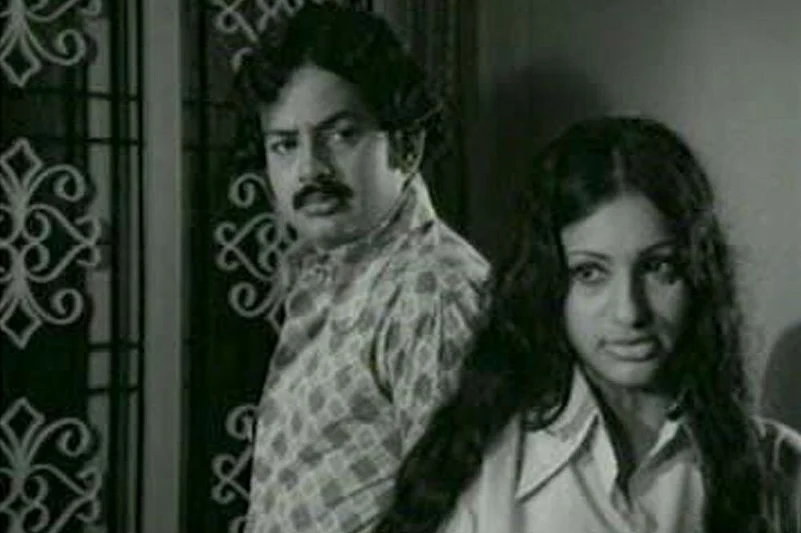Four decades ago, when the young turk had already gained a name in Malayalam cinema, I.V. Sasi made a film that made huge waves in the mainstream consciousness of his native Kerala. The 1978 work had itself a ring around its title: Avalude Ravukal, which translated into English means ‘Her Nights’.
The posters of the 144-minute work appeared with a striking black-and-white image of its petite heroine clad in a shirt and nothing below it, exposing the toned beauty of her legs. For the largely prudish people of the southern state, the visual evoked a mixed sense of tickle and shock what with such billboards festooning every third lamppost and quiet squares of their towns and villages.

The protagonist, they learned to their surprise, was a lady—and not a man. It was the debut appearance of the actress—Seema—who would later become a star.
Raji was the name of the character Seema portrayed as a teenage street prostitute. Its storyline had all the fodder and flavour of a sensational flick, which it was—and went on to become a box-office hit, predictably. But to write off Avalude Ravukal as a sex masala will only be a wrong reading of the movie or a bid to belittle the artistry of Sasi the filmmaker.
To bluntly put it, it was feminism that primarily ran deep this work on the celluloid. Those were times when women in Kerala were waking up to the nascent currents of economic freedom backed up employment owing to strides in college studies. All the same, it overlapped with a phase when Malayalam cinema was generating a wave characterised by buxom women showing off their body parts in crass ways that earned mainstream Kerala films a ‘soft porn’ tag.
Not surprising, thus, that many took Avalude Ravukal for nothing more than two-and-a-half hours of titillation. But then, the broader personal life a prostitute cannot necessarily be a string of acts in the bed. The script by Alleppey Sheriff (1940-2005) made it clear to Sasi that the potential film was more about woman as a victim of economic conditions, the ways she would be used and thrown by men, who cannot nonetheless be clubbed as uniformly cruel. In short, Sasi found the chance of unveiling the undercurrents of sexuality in contemporary society that peopled minds of varying virtues and vices in both genders.
All of this Sasi essays with no intellectual pretentions in the landmark movie. Nor does Avalude Ravukal glorify woman and pass to men all the blame for her misery. In fact, the film allows itself to create scenes where the heroine fails in attempts to show off her valour, while the personalities of men around her come clear in shades ranging from pure villainy to sheer helplessness. It’s a documentation of people, places and time with a camera that functions under a filmmaker who can only look at mankind with sympathy.
Little wonder that Sasi, personally, too came across as a simple soul. He spoke in a largely rustic accent typical of his district of Kozhikode upstate and seldom betrayed a word or move that could be classified as pompous or artificial. In a 1980 post-script to his making Avalude Ravukal, the director married its heroine Seema—for all the fancy views that Malayali men had developed about the actress.
It isn’t that Malayalam didn’t have feminist-streak movies before Sasi’s work. Indeed, Swayamvaram (1972) that catapulted its Adoor Gopalakrishnan into the national scene as a maker of ‘parallel films’ did follow a tacit narration of a middle-class female left to fend for herself in the death of her lecturer husband that comes towards the end of 131-minute movie known for its neorealistic ethos.
Sasi, on the other hand, was perpetually trod down the commercial corridors of cinema—with a total of 150 films to his credit beginning 1975. It is another matter, though, that many such mainstream flicks in Malayalam were far from trash in the 1980s by when Sasi had further matured as a director. Ee naadu (1982) delineated the layers and labyrinths of Kerala’s political economy, bringing out the depth of malice in the forms of corruption, cronyism and the more general social ills.

In 1985, when he made half-a-dozen movies, there featured Rangam, which focused on the personal travails of a Kathakali dancer. But unlike what Malayalam cinema saw later, this movie least sought to thrust upon the viewers with the heavy aesthetics of the classical dance-drama. Rangam was primarily the personal journey of a rustic youth, who only happened to be a Kathakali artiste.

Rangam also signified the trust that an acclaimed writer like M.T. Vasudevan Nair had for the craft of Sasi. MT, as he is known, wrote screenplays for not just Rangam, but also for another super-hit, Anubandham the same year—and Abhayam Thedi in 1986. Sasi effectively used the contrasting-style acting prowess of stars Mammootty and Mohanlal in his movies, extracting the best out of them and simultaneously giving several youngsters a much-deserving break on the silver screen.
By the turn of the millennium, Sasi had begun to sense a massive change in the nature of Malayalam cinema. Apparently he was cautious about adapting to the situation and hence proceeded with guarded slowness which meant contributing to Mollywood in much lesser frequency.

Perhaps it could be said that Sasi, who died today at age 69 in a Chennai where he had been living for long, did live a full life as a filmmaker. Yet his inputs to Malayalam cinema in his prime had arguably no parallels if quantity and quality were given equal prominence in the measurement.
















